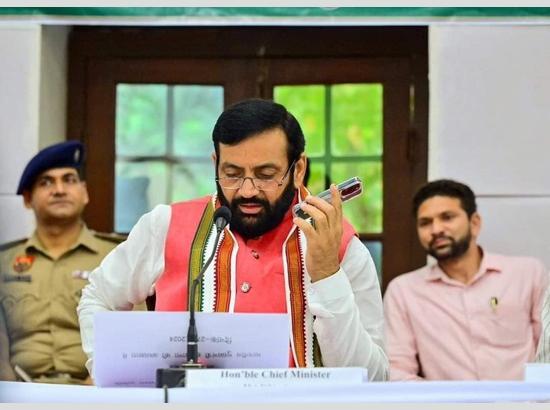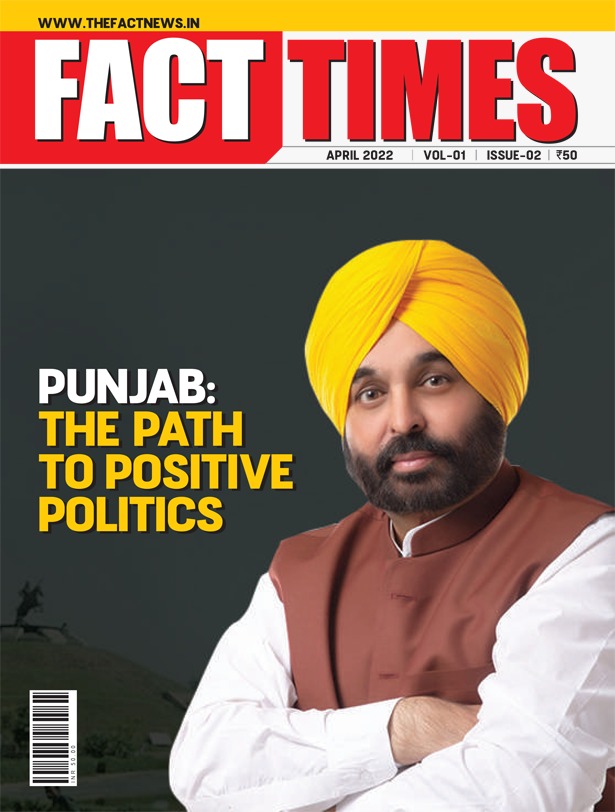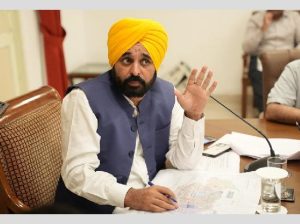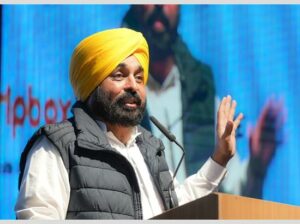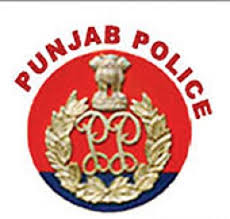The Haryana Vidhan Sabha elections, a crucial political event in the state, have significant implications for both regional and national politics. As parties gear up for this electoral battle on October 5, the dynamics of the political landscape are evolving, reflecting broader trends and voter sentiments. This analysis examines the key factors influencing the elections, the political parties involved, and the potential outcomes.
Political Landscape
Haryana has historically been a politically vibrant state, with a diverse electorate and a mix of caste dynamics that significantly influence voting patterns. The ruling Bharatiya Janata Party (BJP), under the former Chief Minister Manohar Lal Khattar, has been in power since 2014. Now of course Nayab Singh Saini is the CM of Haryana. However, the party faces growing challenges as it approaches the upcoming elections.
The main opposition parties—the Indian National Congress and the newly formed Jannayak Janta Party (JJP)—are vying to regain lost ground. The Congress, which has a rich legacy in the state, seeks to consolidate its support among traditional voters, while the JJP, which emerged from the legacy of the Indian National Lok Dal (INLD), aims to capture the youth and agrarian vote. But they have lost almost all of their leaders at the top.
Key Issues at Play
Several pressing issues are expected to dominate the elections:
- Agrarian Distress: Agriculture is the backbone of Haryana’s economy, and farmers are facing severe distress due to fluctuating crop prices, rising debts, and the aftermath of the 2020 farmers’ protests. The state government’s response to these issues will be critical. Promises of loan waivers and better support prices could sway the agrarian vote.
- Youth Unemployment: With a burgeoning youth population, employment generation remains a crucial concern. The opposition parties have highlighted the BJP’s failure to create adequate job opportunities, leading to a demand for effective employment policies. The electorate is likely to favor candidates who present robust plans for skill development and job creation.
- Law and Order: Concerns regarding crime and law enforcement have risen in recent years. The ruling government will be scrutinized for its handling of security issues, especially related to communal tensions and violence. A perception of safety can significantly impact voter sentiment.
- Infrastructure Development: While the Khattar government has initiated various infrastructure projects, the pace and effectiveness of these initiatives will be key talking points. The electorate may reward parties that convincingly demonstrate progress in connectivity, public transport, and urban development.
Party Strategies
BJP: The BJP is likely to focus on its developmental agenda, emphasizing achievements in infrastructure and social welfare schemes. The party may also attempt to project a narrative of stability and strong governance, aiming to consolidate its base while appealing to undecided voters through targeted outreach programs.
Congress: The Congress party aims to capitalize on discontent with the ruling government. By focusing on issues like unemployment, agrarian distress, and law and order, it hopes to attract voters disillusioned by the BJP’s governance. The party may also highlight its historical contributions to the state’s development to regain voter confidence.
JJP: The JJP, led by Dushyant Chautala, is positioning itself as a youth-centric party. Its focus on local issues, job creation, and agricultural policies is expected to resonate with younger voters and farmers alike. The party’s ability to form strategic alliances could also enhance its chances of success.
Potential Outcomes
The electoral landscape in Haryana is poised for an interesting contest. If the BJP manages to retain its core support while addressing critical voter concerns, it could emerge victorious. But that seems a big ask. However, if the Congress effectively consolidate its votes and present a united front, it could dislodge the saffron party. And Congress, going by its campaign strategy and speed seems to be on a solid wicket.
The role of caste dynamics cannot be overlooked; parties will need to navigate these intricacies carefully to maximize their electoral appeal. Additionally, the turnout of young voters and farmers will be pivotal, as these demographics have the power to swing the election in favor of the party that aligns best with their interests.



